Wind-swept dunes, salt-crusted clapboards, and a silence so complete you can hear the tide breathe – Portsmouth Island feels like time stepped back to watch.
This former bustling port sits off North Carolina’s Outer Banks, reached only by small boat and a brave spirit for remote beauty. Walk its sandy lanes and you’ll find a village paused yet alive with stories whispered by the sea.
Ready to slip into a dream where history, nature, and solitude meet in perfect hush?
1. Arriving by Small Boat

Reaching Portsmouth Island begins with a short, briny crossing by private skiff or authorized ferry from Ocracoke. The ride is brisk and blue, with dolphins sometimes surfacing and pelicans gliding overhead. Salt pops on your lips as the low, grassy silhouette of the island rises ahead.
Landing near the historic village feels like stepping ashore in a forgotten chapter. There are no paved roads or shops, only sand tracks and the constant hush of marsh wind. Rangers with Cape Lookout National Seashore oversee the site, and posted notices guide respectful visits.
Pack water, sun protection, and patience because the island’s rhythms are gentle and slow. The first footstep on those trails tells you you’ve left the noise behind, and entered a place sustained by tides.
2. Salt That Preserves

Portsmouth’s survival story is written in salt. Constant sea air, frequent breezes, and sandy soil discourage lush overgrowth and help dry structures after storms. Salt crystals and airflow reduce some types of wood decay, slowing time’s bite on clapboard and cedar.
It is not magic, but an observable coastal effect that makes weathered shingles silver and strong. Volunteers and National Park Service staff complement nature’s work with careful maintenance. You can see it on museum buildings where siding shows grain yet holds firm. Walk close and you’ll notice a clean, mineral smell, like an old trunk carried by wind.
The island is a living proof that nature can be a shield for the very history it once battered.
3. The Portsmouth Life-Saving Station
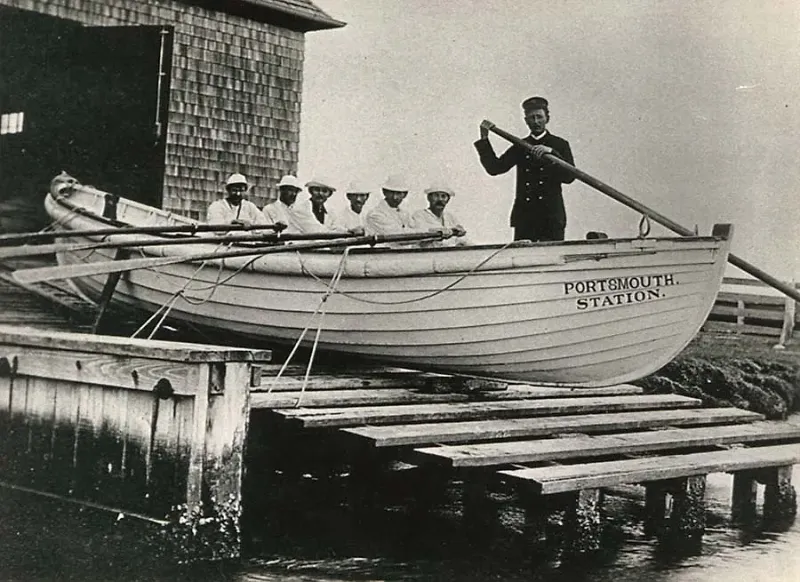
The 1894 Life-Saving Station stands as a sturdy reminder of bravery on a treacherous coast. Part of the U.S. Life-Saving Service, a predecessor to today’s Coast Guard, it housed crews who launched surfboats into dangerous waters.
Their mission was clear: respond when ships ran aground on the shifting shoals offshore.
Today, interpretive panels and the building’s architecture tell the story of drill routines and storm watches. You can picture lanterns cutting through rain as keepers counted seconds between breakers. The structure’s lines are practical, built for function as much as form.
Sand whispers around the pilings while gulls trace the roofline. Standing here, visitors feel the hum of duty that once filled this outpost of courage.
4. Portsmouth Methodist Church

The white Methodist Church is simple, luminous, and deeply moving in its quiet. Sunlight filters through plain windows, turning worn pews into warm honeyed wood. The structure dates to the early twentieth century era of the village, carefully maintained as part of the historic district.
Step inside and the air is cool, touched by faint salt and old pine. The hymnals and pulpit suggest community gatherings that once filled the room with song.
Outside, wildflowers slip along the fence while a sandy lane curves past. Visitors often pause here the longest, not for spectacle but solace. It is a sanctuary of place as much as faith, reflecting the island’s careworn grace.
5. Portsmouth Village Post Office and General Store
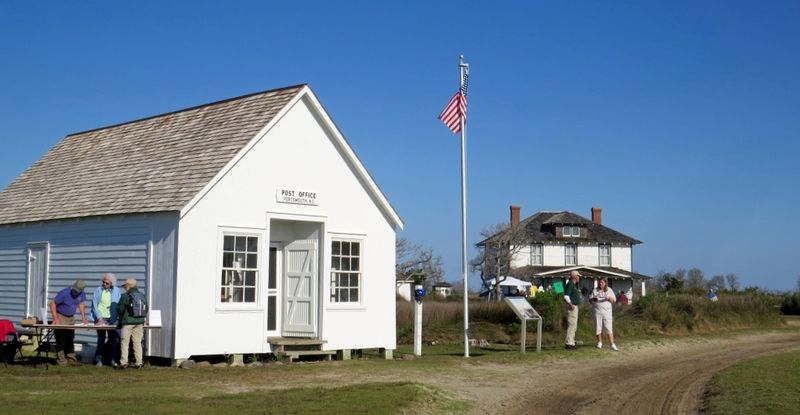
The combined post office and general store offers a tangible link to the island’s trading past. Shelves and counters recall a time when goods, news, and neighborly talk met at the same wooden threshold. Exhibits curated by the National Park Service present labels, scales, and ledgers that once governed daily life.
Stand near the service window and imagine letters arriving on mailboats, wrapped in twine and promise. The floorboards creak underfoot like they remember every familiar step. Outside, marsh light flashes silver as fiddler crabs skitter in the distance.
Though quiet now, the building still feels busy with memory. It is easy to picture a bell, a greeting, and the rustle of paper carried in on the breeze.
6. Cemeteries in the Sand

Portsmouth’s small cemeteries are tender, windswept places set among yaupon and sea oats. Modest headstones tilt slightly, softened by lichen and time. Some markers display maritime motifs or inscriptions that hint at kinship and tide-worn lives.
Visitors come quietly, moving along sandy paths and shell fragments. Interpretive guidance encourages respect and minimal disturbance. Here, the island’s scale of life becomes clear: sturdy families, hard seas, and community that leaned together. The breeze carries a hush that feels almost like a hymn.
Stories remain readable in names and dates, even as the dunes edge closer. It is a gentle reminder that memory belongs to the landscape.
7. Uncrowded Beaches and Shelling

Portsmouth Island’s beaches stretch wide and quiet, a sanctuary for shorebirds and seekers of solitude. Shelling can be exceptional after storms or shifting tides, with whelks, scallops, and sand dollars appearing in the wrack line. Always follow regulations and collect responsibly, leaving living creatures undisturbed.
The surf speaks in rhythmic hushes, and the horizon feels endless. Sunrises paint the water in rose and gold while ghost crabs leave tiny hieroglyphs overnight. With no commercial development, the beach reads like a first draft of the coast. Bring water and a bag for litter you may find.
You become part of the caretaking when you leave the strand cleaner than you found it.
8. Birdlife and Marsh Light
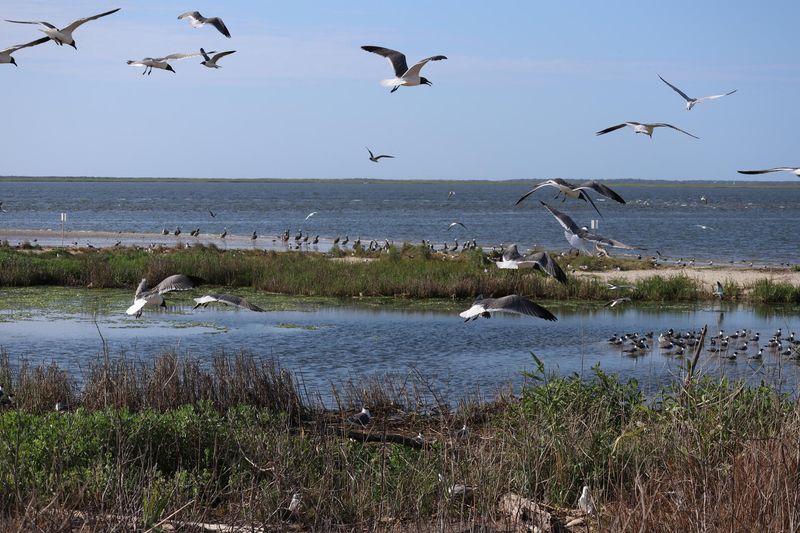
The island’s marshes host egrets, herons, and migrating species that pause along the Atlantic Flyway. Tidal creeks gleam with mirror-like light, turning every bend into a photograph. In spring and fall, the sky can feel stitched with wings as flocks move between feeding grounds.
Quiet observation rewards patient visitors. Bring binoculars, use boardwalks or firm paths, and give wildlife space. The experience is less about checklists and more about noticing texture and sound.
Breeze through cordgrass, the plop of a mullet, and a distant gull. By day’s end your senses adjust to subtleties, and even the color of the marsh seems to deepen.
9. Legends, Whispers, and Weather
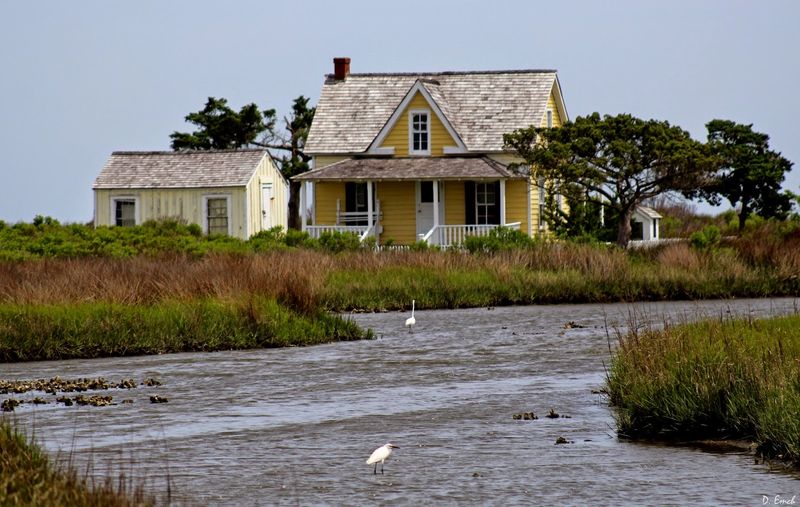
Locals sometimes share legends of lantern lights and voices on fog-heavy nights. These are stories and rumors, not verified accounts, yet they fit the island’s mood. Fog can roll in quickly, softening edges until dunes and houses float like sketches.
Weather is part of the narrative here. Check forecasts carefully and respect advisories from the National Park Service. Summer brings heat and insects; shoulder seasons often feel gentler. Mosquito repellent, sturdy shoes, and a tide-aware plan make the day smoother.
Even a simple squall can change the tone of your walk, turning the village into a watercolor.
10. Planning Your Visit Responsibly
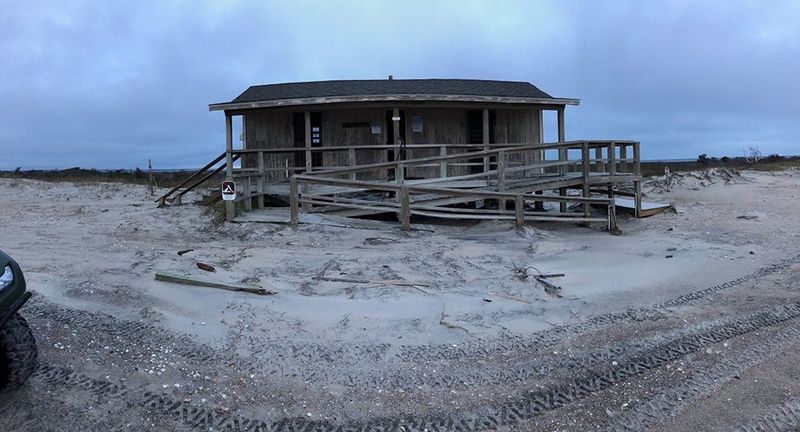
Portsmouth Island is part of Cape Lookout National Seashore, with guidelines designed to protect resources and visitors. Confirm ferry services, hours, and any closures before departure. Pack all essentials including water, snacks, sun protection, insect repellent, and a small first aid kit.
Respect historic structures by viewing interiors only where permitted and avoiding fragile areas. Stay on established paths to protect dunes and sensitive habitats. There are no services in the village, so everything you bring in must come out.
Check for seasonal nesting restrictions and follow Leave No Trace principles. A thoughtful plan ensures your day is safe and lets the island remain as pristine as you found it.
Dear Reader: This page may contain affiliate links which may earn a commission if you click through and make a purchase. Our independent journalism is not influenced by any advertiser or commercial initiative unless it is clearly marked as sponsored content. As travel products change, please be sure to reconfirm all details and stay up to date with current events to ensure a safe and successful trip.